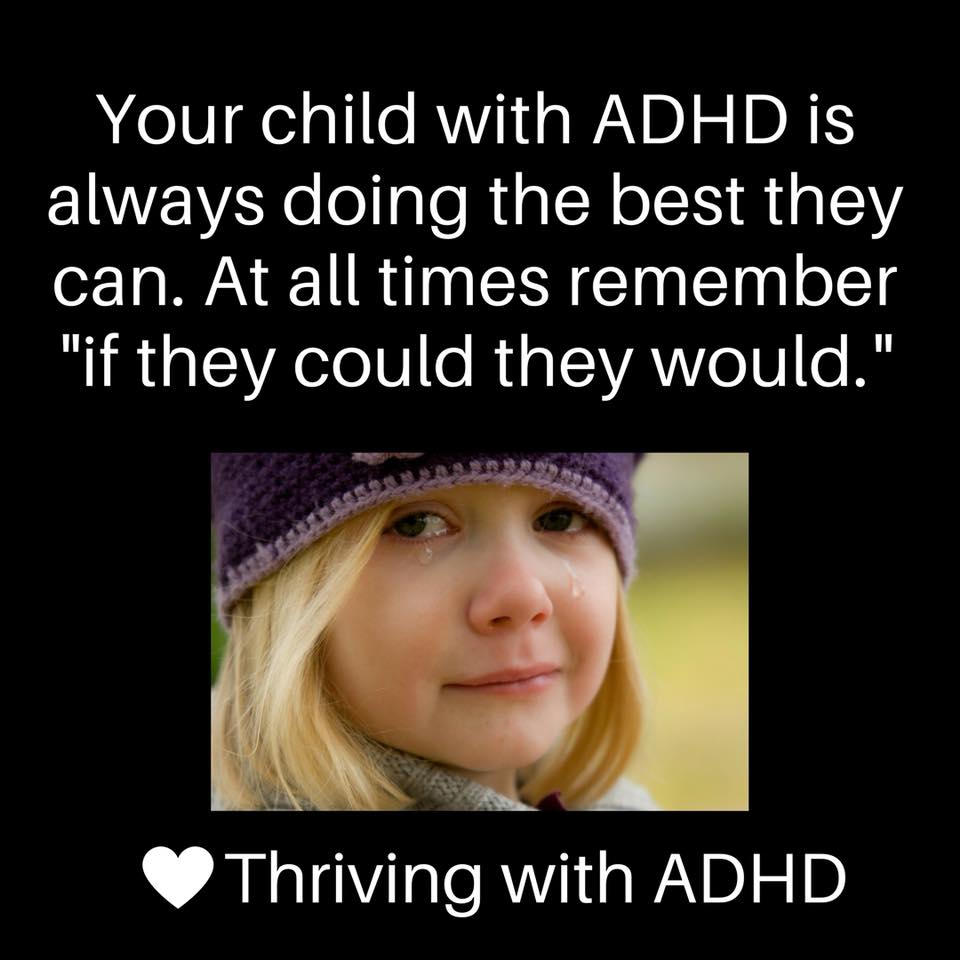

That behavior, which can be unmanageable, is often misread as anger or opposition. So while some children exhibit anxiety by shrinking from situations or objects that trigger fears, some react with overwhelming need to break out of an uncomfortable situation. Medication is sometimes recommended, too.Īnxiety manifests in a surprising variety of ways in part because it is based on a physiological response to a threat in the environment, a response that maximizes the body’s ability to either face danger or escape danger. Kids learn techniques to calm themselves down when they are anxious, and the anxiety fades over time. Anxiety can be treated very successfully with cognitive behavior therapy, or CBT. That’s why it’s important to have a careful evaluation by a mental health professional, like a psychologist, psychiatrist or social worker, to find out what’s causing the behavior. Instead of learning to manage their anxiety, they end up in the principal’s office.Īnxious kids who act out may be mistakenly diagnosed with ADHD or a behavior disorder. At school, when kids disrupt class or don’t follow instructions, they offend teachers. Parents don’t feel respected and may be frustrated or exhausted.


Signs that a child who is acting out might be anxious include lashing out, throwing tantrums, seeming distracted, moving around a lot (like leaving their seat or even running out of the room), arguing with others, and asking lots of questions.Īdults may mistakenly think that children who are acting out are being difficult on purpose. That behavior may look like anger or defiance. That’s because some anxious children feel an overwhelming need to get out of the situation that’s making them uncomfortable. But problem behavior can also be a symptom of anxiety. The symptoms of anxiety that most of us think of are clinging to parents, avoiding things or being very shy.


 0 kommentar(er)
0 kommentar(er)
